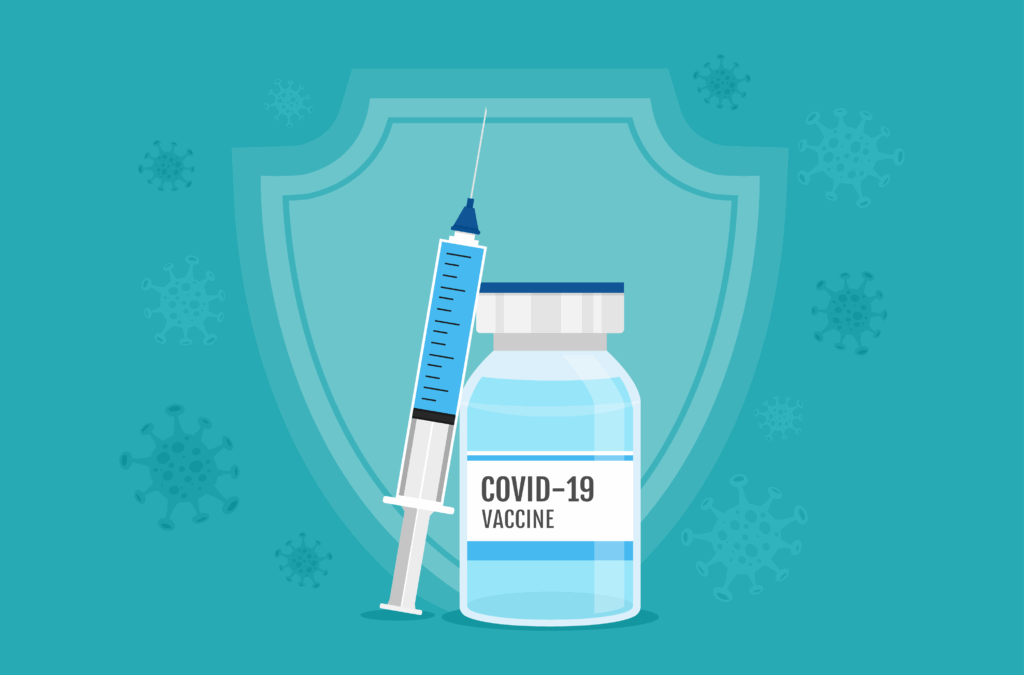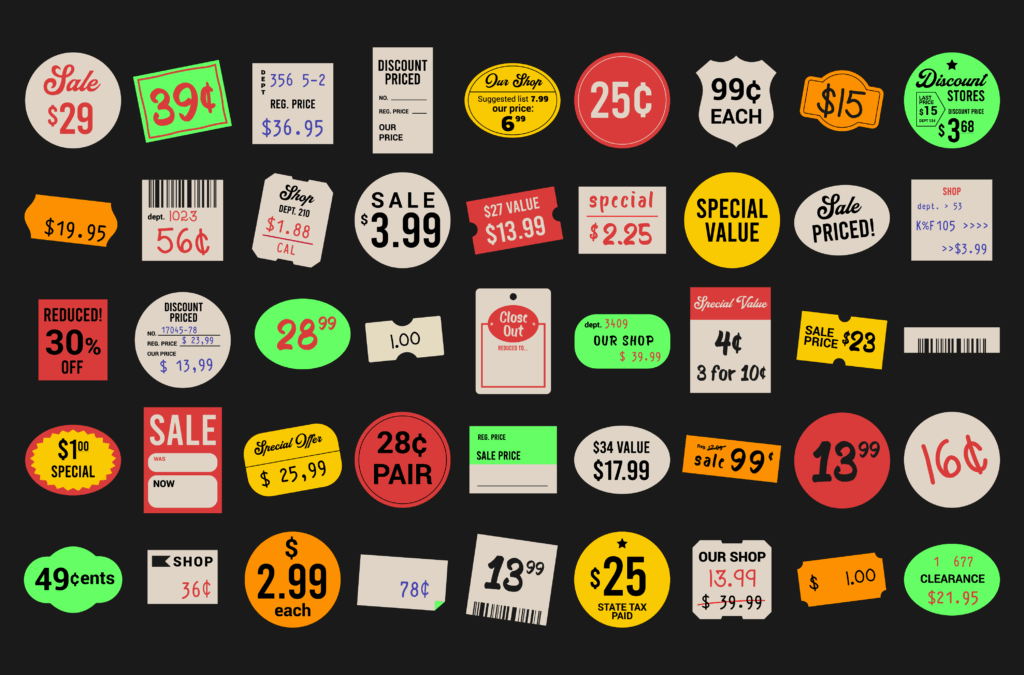
HSAs Aren’t Just Good for Employees

Employees today expect more from their employers when it comes to benefits.
From additional “ancillary” benefits to better education about their complete package, Mark Siebold explains how employers can leverage their employee benefit (EB) provider partners to meet those expectations.
We sat down with Siebold to discuss industry trends, the importance of providers building out tools to educate employees at their own pace, payroll and enrollment systems integration, and how health saving accounts can boost employee retention and recruitment.
The biggest thing, and it hasn’t really changed a lot, is that employers are competing for employees. There’s a lot of demand for highly skilled people. And as part of that, I believe employees expect more in terms of the benefits they get. They’re not only looking for your traditional 401(k) and health insurance benefits, but also for others—call them ancillary benefits—like health savings accounts (HSAs).
We’re seeing more people asking for it versus just waiting to have it be offered to them. They’re coming to their employer and saying, “Hey, can I have a health savings account? I have a high-deductible health plan, so I’m eligible to contribute to an HSA.” And then: “Can you make a contribution to that account on my behalf?”
If they have a health savings account, employees now expect that the employer is either making a contribution up front to that HSA on their behalf, doing a match, or even both.
In a general sense, employees want more benefit options, but they’re also expecting more from their employer in the way of education. In the not-so-distant past the employer would come to the employees and say, “Here are the 10 benefits we’re offering you. Here’s a PDF. Now go away and figure out what you want to do.”
Today, there’s an expectation that the employer is going to help the employee understand more about those benefits and how they fit into their holistic insurance and financial needs. We conduct webinars on behalf of the employer for the employees, but education could be in all formats possible: email, webinar, PDFs. Video content continues to be very important because that’s how people are used to accessing information. Having that full suite of educational tools is not only important but expected.
Employers have to rely on their [EB] vendors. Not every vendor has the same tools, nor does it spend as much time and resources on that part of its business. We see that as an opportunity—and that’s one of our big differentiators, in that not only are we going to help with education through the different tools that we just talked about, but we also have an assigned relationship manager for all of our employer groups and their employees.
For us, that’s really important. Employers typically don’t have the resources to provide timely and relevant benefits education. Especially if it’s a smaller employer group, they may not have the breadth or depth of experience within their HR team. So, even if they have the resources to conduct the webinars and provide education, they don’t have the institutional knowledge to make it effective.
That’s where we think our most significant advantage is, because we have the expertise and we have the dedicated relationship manager who works with each employer to create a holistic employee engagement plan. We have the tools to deliver that information to the right people at the right time in the right way. Not everybody learns the same way. Some people want to learn via video; some want to have a person in front of them helping them understand how things work.
Integration is really important. This comes up in almost every conversation we have with a prospective employer customer. There are a couple of important integration points for us and our customers.
One is around enrollment. Every employer, as they’re going through open enrollment and need to determine who wants certain benefits, has a process by which they need to get that information into their vendors’ applications and systems. Traditionally this process can be very manual, where it’s a spreadsheet, upload, or even a process of typing employee information into a UI [user interface]. Today, it can be as sophisticated as a seamless integration using APIs to share that information with their vendors in a highly secure fashion.
We’ve integrated our systems with different platforms to ensure we can get that data securely and seamlessly from the benefits enrollment system. We’re working now with one of the largest [enrollment systems] in the country for small and midsize employers to grab that data promptly and get it into our platform, so it automatically populates our enrollment engine and then kicks off the process by which the employee can get into their HSA, make contributions, and use their account. There’s a lot of demand for integrations like that.
The second one, and equally as important to employers, is around contribution or payroll processing. Once we get that enrollment integration set up, the next phase of rolling out the program is to have the employers send us payroll data or HSA, FSA [flexible spending account], or HRA [health reimbursement arrangement] contribution or election data.
It used to be you had to build something called an EDI [electronic data interchange] feed between the payroll vendor and the recordkeeping system. And every time the HSA provider added a new employer, they had to build a new EDI feed. It could take months and cost thousands of dollars.
We now have a way to integrate the employer’s payroll vendor with our recordkeeping platform via APIs. Every two weeks, if the employer is on a bi-weekly payroll cycle, we go out through APIs, grab that payroll data for all their employees, automatically bring it into our system, allocate the right amount to each employee, and then pull the money from the employer’s checking account to ultimately fund the accounts. This type of integration can be completed in a week, not months.
Brokers are a really important part of our ecosystem. They help the employers decide which vendors to use—and what’s important to the broker is what’s important to the employer group. As a vendor, you need great service, you need to make the services easy to use, and you need the integrations in place because there are other priorities they’re focused on.
Another important aspect of our business is for the vendor to be carrier-agnostic, meaning they can work with any insurance carrier. And that’s an evolving trend, too, because at one point most employers were getting their HSA and other ancillary products through whomever their carrier was recommending. That’s changed.
The HSA is so unique in that it’s a healthcare savings account, but it’s also a retirement account. The employer should put it in simplistic terms and advertise their complete benefits package on their jobs website or career opportunities listing: “Here are the different benefits you’re going to get. We’re going to help you save for retirement and for healthcare expenses.” A 401(k) plays a huge role in meeting retirement savings goals, but so does offering a health savings account. Not only is the employer going to offer the HSA and make it easy to open and fund, but the employer could also advertise the fact that they’re putting money into it on behalf of the employee and their family. We’ve been doing this for years with 401k matches. It’s a way for the employer to differentiate and show the value they are offering prospective and current employees.
Employees will consider this as they’re thinking about what they want to do with their future career. If they’re considering leaving, but they’re getting this extra money for healthcare and retirement—and some employers are putting significant amounts of money in each year—it may play a part in their decision.
Ultimately, healthcare and retirement are two of our society’s biggest hot buttons. HSAs fit the mold as an important part of the solution to help with both.




